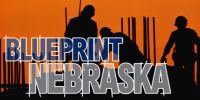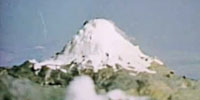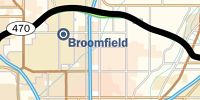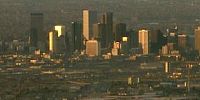BLUEPRINT AMERICA
Overview
President Barack Obama has called for the creation of a National Infrastructure Bank. The intention: To create a structure so public works projects could be, according to the President while campaigning last year, “determined not by politics, but by what will maximize our safety and homeland security; what will keep our environment clean and our economy strong.” Still, it is unclear how a National Infrastructure Bank would function -- or even be established.
Blueprint America looks at the possibility of the Bank -- both the design and implementation of -- in interviews with Felix Rohatyn, author of Bold Endeavors: How our government built America, and why it must rebuild now, and Stan Hazelroth, Executive Director of the California Infrastructure and Economic Development Bank. Additionally, a breakdown of the progress of the National Infrastructure Bank so far.











